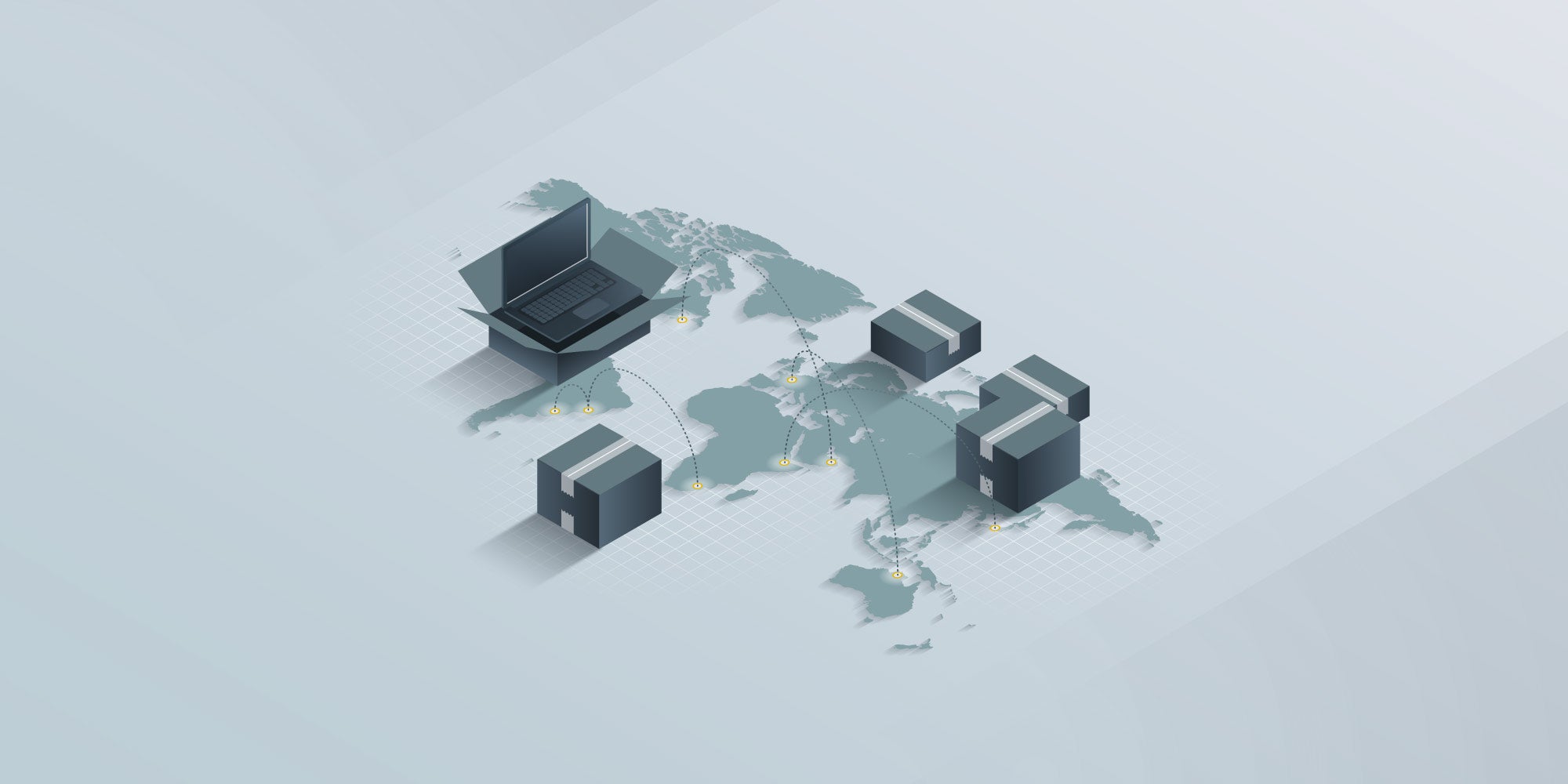Overcoming global hiring challenges: Strategies for success
 Mara Quintanilla
Mara Quintanilla
Remote work has normalized the experience of working with teammates in different time zones across various countries. The traditional office-based workplace where companies hire talent locally within their geographical borders has been upended.
Having coworkers living on the other side of the world is no longer a surprise. Remote work has demonstrated that distributed teams do not hinder productivity. According to Owl Labs, 62% of workers feel more productive when working remotely. So even if a team operates from six locations, they can successfully complete projects together.
As businesses move toward a global hiring approach, they face various challenges that can become roadblocks to success. Figuring out contracts, payments, or how to equip employees is more challenging than traditional onboarding.
Despite the challenges, global hiring can succeed with the right strategies. Let’s take a look at what companies need to consider when hiring talent from across the globe.
Local laws and regulations

When it comes to hiring global employees, organizations need to be aware of the legal and regulatory challenges that may arise. To successfully employ global employees, companies must understand the local labor laws and regulations that may apply. This includes being familiar with payroll taxes, business entities, laws regarding benefits and time off, and prevailing cultural norms.
The best strategy for overcoming these legal and regulatory challenges is working with an Employer of Record (EOR) and establishing transparent processes. An EOR like Oyster will help meet all regulatory requirements when bringing on new employees from different countries. Besides, you’ll be able to compliantly hire talent in more than 180 countries from a single platform.
Additionally, having a well-defined process for recruiting, onboarding, training, managing performance, rewarding success, terminating employment, and more can make global talent acquisition much smoother for employers.
Understanding cultural and linguistic differences
Global hiring can widen a company’s perspective by having team members with different backgrounds and life experiences. While this kind of diversity makes a company’s culture richer, there’s also room for misunderstandings due to cultural differences. With 76% of employees saying that culture is important to be effective in their work, understanding, respecting, and responding to cross-cultural nuances is essential for successful recruitment.
If you want to recruit from all over the world, it's important to keep language barriers in mind and set clear communication guidelines. These should cover everything from the preferred language and even what standard emoji reactions mean. Be sure to revise all official communications to remove ableist, sexist, ageist, or any other problematic language.
Consider appointing a Diversity, Equity, Inclusion, and Belonging (DEIB) expert who is culturally sensitive and can provide employees with diversity and implicit bias training.
A solid company culture can ensure successful global recruitment and help avoid cross-cultural misunderstandings, so that all employees have an equal opportunity for success regardless of their geographic location or cultural background.
Technical and logistical considerations

Technology has made hiring across the world as easy as clicking a few buttons. However, the convenience of remote work can pose a few logistical challenges, especially when it comes to time zone differences or equipping employees.
Working remotely in different time zones can help a business stay available for international clients without missing a beat. But it also means that communications may be delayed internally due to time differences.
To keep everyone on the same page, establish a clear remote work policy that clarifies how employees should communicate across different time zones. This will help define expectations for interaction between team members and guarantee equal access to information at all times.
International remote onboarding is another hurdle that global hiring managers need to overcome. Setting up a new hire with the proper equipment and access to company software requires efficient coordination and help from strategic partners.
After all, you don’t want a new hire waiting for their work laptop on their first day so they can start work. Or worse, having them work on a personal computer and risking noncompliance with information security.
Partnering with an end-to-end equipment procurement and IT asset management solution like GroWrk ensures your teams are ready for work from day one. Additionally, you get complete visibility over your IT estate so you can make informed decisions regarding tech spend.
Recruiting and retaining talent
Being an employer of global talent doesn’t stop at finalizing onboarding and sending equipment to your teams worldwide. Successful global hiring should look at the entire employee lifecycle to ensure talent retention.
From the start of the hiring process, companies must establish an employer brand that helps them appear attractive to potential applicants. A strong company culture, active social media profiles, and transparent hiring processes also help candidates assess their suitability for the company before applying.
As previously mentioned, businesses need to build a flexible work culture with clear remote policies and onboarding procedures that are tailored to their diverse teams. Assigning mentors or coaches to help employees adapt to the new environment will help them feel welcome and supported.
Additionally, retaining employees long-term involves offering rewards that incentivize performance over time; this includes both financial rewards (such as salary increases) & non-financial rewards (such as recognition programs).
Companies should take time to understand what motivates each employee individually – some may respond better to monetary incentives, while others may prefer additional vacation days or recognition awards instead. With these strategies in place, businesses can successfully attract and retain top global talent.
Conclusion
From understanding local labor laws to providing equipment worldwide and creating a welcoming experience for new international hires, global hiring can be a complex process. However, careful planning and research can make the process much easier.
Working with an EOR can help ensure that all legal requirements are met and payroll is taken care of while establishing transparent processes for recruiting and onboarding. Meanwhile, efficient IT asset management solutions guarantee that employees are well-equipped and meet all data privacy requirements.
Moreover, understanding cultural norms and expectations and providing a secure environment where employees from all backgrounds can thrive is essential to global hiring.
A diverse workforce opens up opportunities for creative and innovative solutions to stimulate business growth. That’s why companies should use an EOR to overcome the challenges of global hiring and benefit from the many advantages of having a globally distributed workforce.
Oyster can help your company hire, pay, and care for your distributed team with its all-in-one global employment platform. GroWrk customers get a 20% discount (some terms apply). Get the offer details here.






